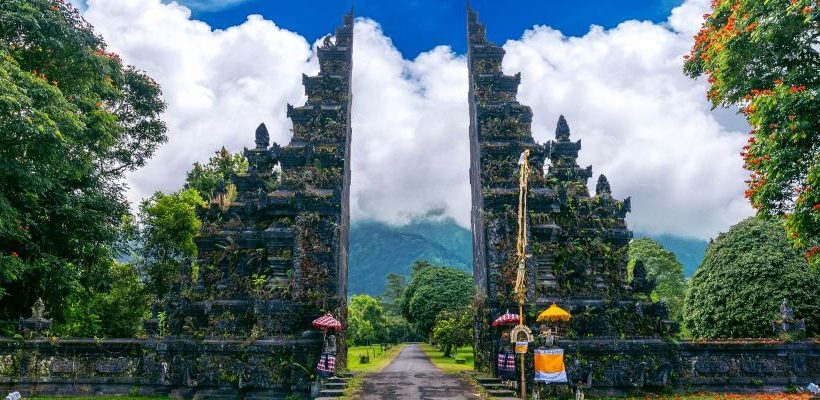Indonesia
Overview
Indonesia is situated between the Indian and Pacific oceans. It comprises of more than 17,000 islands, including Java, Sumatra, Sulawesi, and parts of Borneo and New Guinea. It covers 1,904,569 square kilometers (735,358 square miles) of land area. This makes it the world’s largest island country and the 14th largest by land area.
The country has a population of over 270 million people. This results in making it the fourth-most populous country globally and the most populous Muslim-majority country. Java, the world’s most populous island, is home to over half of the population. Indonesian is the official language of the country. But there are more than 700 local languages spoken by different ethnic groups.
Indonesia’s rich cultural heritage is evident in its diverse ethnic groups, religions, and traditions. Although Islam is the predominant religion, there are also significant Christian, Hindu, and Buddhist minorities. The country’s arts, music, literature, and cuisine reflect its cultural diversity.
Indonesia is famous for its natural beauty, with stunning beaches, lush rainforests, and towering volcanoes. Moreover, the country boasts several national parks, including the renowned Komodo National Park and the Bromo Tengger Semeru National Park. The country’s economy, which is the largest in Southeast Asia, relies heavily on exports of natural resources such as oil, gas, coal, and palm oil.










